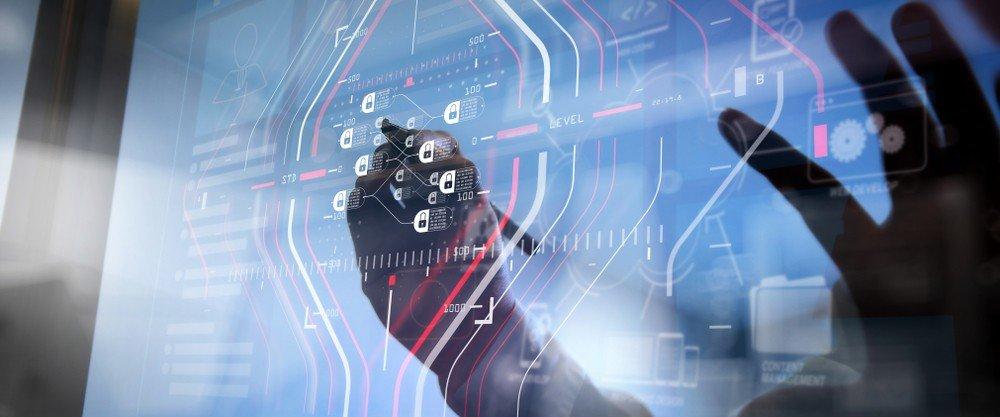Due to their similar names and the general unawareness of advanced computing, some people tend to think that decentralized computing and edge computing are similar. But, both types of computing are different and complementary to each other. When combined together as decentralized edge computing, they can perform tasks that cannot be achieved individually.
From smart voice assistants to smart houses, IoT devices are collecting an enormous volume of data. The problem that is arising with such a huge volume of collected data is how or where to store and process this data, and how to send it wherever needed. Edge computing is a potential solution. In today’s world, where decentralization is gaining the utmost importance, edge computing is mostly using centralized storage for providing better efficiency and data transfer. An edge computing strategy assumes centralized delivery as the norm for data delivery. But, when people hear decentralized edge-computing, they often misconceptualize edge computing being the same as decentralized computing.
Differentiating Decentralized Computing and Edge Computing
It is fog computing that is popular for using a decentralized strategy for delivering data, not edge computing. And, edge computing and fog computing are usually used interchangeably as both are related to IoT devices. Thus, most people are not clear on the differences between the edge and decentralized computing. One of the differences is that edge computing was created as a way to improve efficiency, and decentralized computing was created to improve speed and flexibility. There are many other differences between the two, as follows:
Latency and Bandwidth
Most IoT devices require low latency because of the connected devices, which eventually reduces the need for bandwidth. Low latency is usually preferred as it provides a quick response. And, high latency can be frustrating at times. For instance, a surgeon performing telesurgery or robotic surgery will require low response time to perform efficient surgery. If the response time is high due to high latency, then the surgery might end up taking a long time and cause some life-threatening complications. Low latency is also required for autonomous vehicles. The autonomous vehicles require a sub-millisecond response and quick data analysis to control the speed of the vehicle instantly. Failing to provide a quick response might lead to accidents and loss of life. Decentralized computing offers lower latency and quicker responses, as compared to edge computing.
Degree of Decentralization
Edge computing provides the functionality to IoT devices for processing data on the device itself. After processing the data, IoT devices can determine which data is supposed to be stored locally and which data needs to be sent to the cloud for analysis. Whereas, in decentralized computing, IoT devices cannot process data locally. The data is sent to the cloud directly, and all the processing occurs there.
One of the major limitations of edge computing is the speed of data delivery. Although most decentralized, edge computing does rely on centralization to some extent. And, due to that, it takes a little longer for edge computing to transfer data if needed. But now, with the advancement in technologies, companies are creating decentralized edge-computing strategies that can potentially increase the speed of data transfer along with the efficiency benefits of edge computing.




Leave your comments
Post comment as a guest